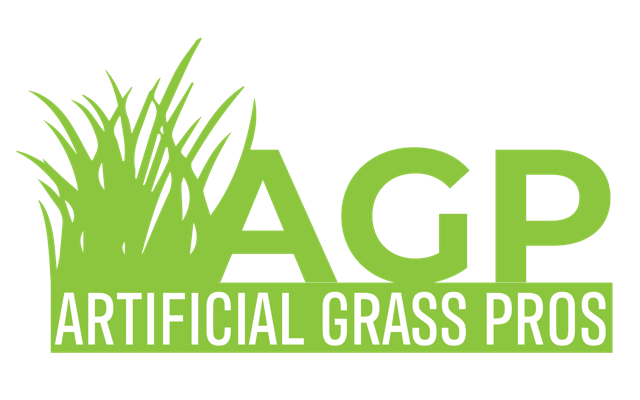If you’re considering replacing your natural lawn with artificial grass, you’re probably wondering about the environmental impact. After all, natural grass absorbs carbon dioxide from the atmosphere, provides oxygen, and supports biodiversity. But on the other hand, traditional turf requires a lot of water, pesticides, and fertilizers to maintain, which can harm water quality and wildlife. So, is synthetic turf a good choice for the environment? In this blog post, we’ll explore the pros and cons of artificial grass and its impact on our planet.
Firstly, it’s important to note that synthetic turf is made of plastic materials, mainly polyethylene. These materials are non-biodegradable and can take up to 500 years to decompose. This means that if you opt for synthetic turf, you’ll be creating a long-term waste problem that will impact landfills and the environment. However, it’s worth noting that synthetic turf can be recycled, and some manufacturers offer take-back programs to ensure that it doesn’t end up in the landfill.
Another environmental concern is the manufacturing process of synthetic turf. It requires a lot of energy to produce and transport, which results in greenhouse gas emissions and contributes to climate change. Moreover, some artificial turf products contain harmful chemicals, such as lead and cadmium, which can harm human health and the environment. However, many manufacturers have started producing eco-friendly synthetic turf products, which use less energy and avoid toxic substances.
One of the main benefits of synthetic turf is that it doesn’t require water to stay green and lush. In drought-prone areas, this can be a significant advantage over natural grass, which requires regular watering. By reducing water demand, artificial turf can help conserve precious water resources and reduce the strain on water infrastructure. However, it’s worth noting that synthetic turf can get hot and uncomfortable to walk on in the summer, and it doesn’t cool the air like natural grass does.
Another benefit of synthetic turf is that it doesn’t require pesticides or fertilizers, which can be harmful to wildlife and waterways. By eliminating the need for these chemicals, artificial turf can reduce the risk of runoff and contamination of soil and water. Moreover, by reducing the use of fuel-powered mowers and other lawn equipment, synthetic turf can also reduce air pollution and carbon emissions.
In conclusion, synthetic turf can be both good and bad for the environment. While it eliminates the need for water, pesticides, and fertilizers, and can be made eco-friendly, it also contributes to plastic waste and greenhouse gas emissions. Ultimately, the environmental impact of synthetic turf will depend on how it’s produced, transported, and disposed of. As a consumer, it’s essential to research the brands and products you’re considering, ask questions about their environmental practices, and make an informed decision based on your values, needs, and budget.
Look into our other blogs to learn more!

Recent Comments